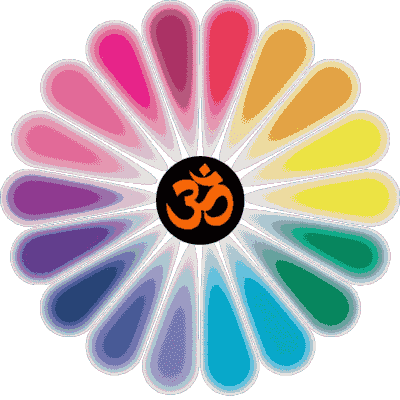<>_<>Breast Cancer Awareness WITH MAXINE<>_<>
| - Every three minutes a woman in the United States is diagnosed with breast cancer. In 2006, an estimated 212,920 new cases of invasive breast cancer are expected to be diagnosed, along with 61,980 new cases of non-invasive breast cancer. And 40,970 women are expected to die in 2006 from this disease.
- Breast cancer is the leading cancer among white and African American women. African American women are more likely to die from this disease.
- Breast cancer incidence in women has increased from one in 20 in 1960 to one in eight today.
Causes - The exact cause of breast cancer is not known. Factors that can increase a woman's risk include heredity, early puberty, late childbearing, obesity, and lifestyle factors such as heavy alcohol consumption and smoking. The biggest risk factor for breast cancer is age -- just growing older. Most breast cancers occur in women over the age of 50, and women over 60 are at the highest risk.
- A woman's risk for developing breast cancer increases if her mother, sister, daughter, or two or more other close relatives, such as cousins, have a history of breast cancer, especially at a young age. However, 85% of women who develop breast cancer have NO known family history of the disease.
- Changes in certain genes (BRCA1, BRCA2, and others) make women more susceptible to breast cancer. Genetic testing can determine whether a woman has these abnormal genes.
-
Symptoms The widespread use of screening mammography has increased the number of breast cancers found before they cause any symptoms. But some are still not found early. The most common sign of breast cancer is a new lump or mass. A lump that is painless, hard, and has uneven edges is more likely to be cancer. But sometimes cancers can be tender, soft, and rounded. So it's important to have anything unusual checked by your doctor. Other signs of breast cancer include the following: - A swelling of part of the breast
- Skin irritation or dimpling
- Nipple pain or the nipple turning inward
- Redness or scaliness of the nipple or breast skin
- A nipple discharge (other than breast milk)
- A lump in the underarm area
 |



0 comments:
Post a Comment